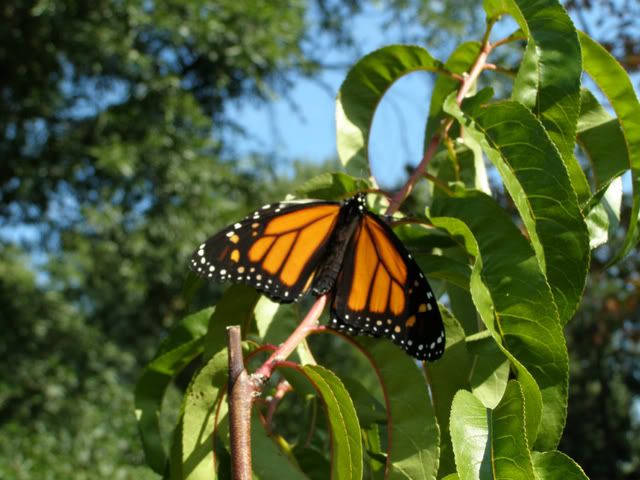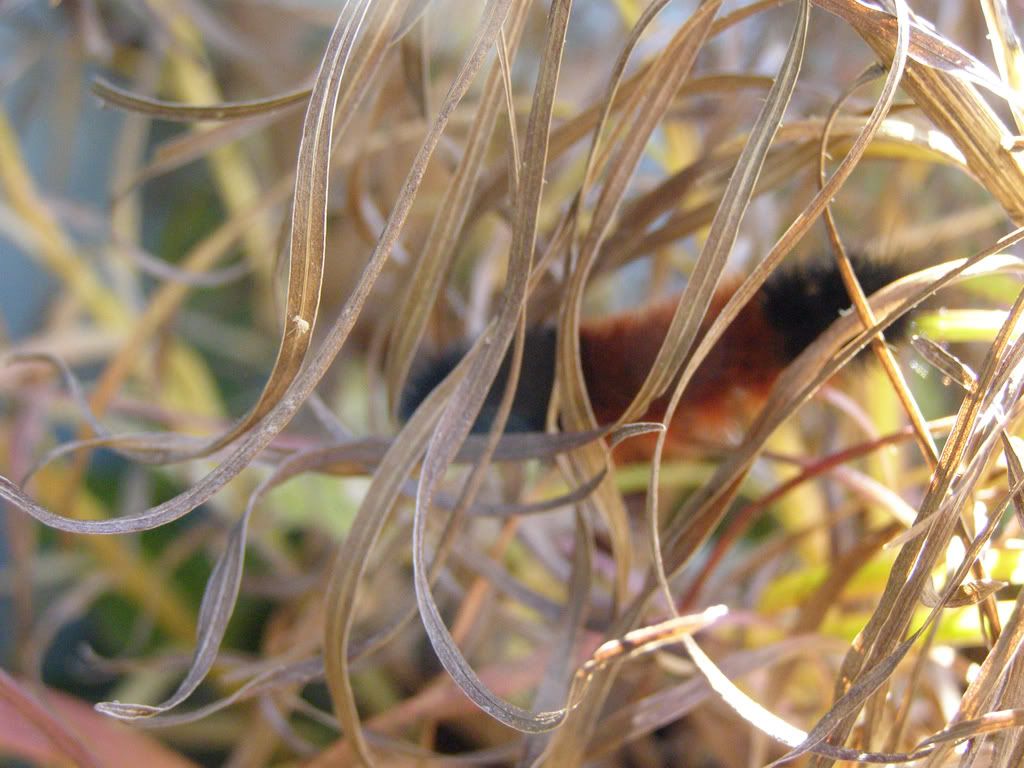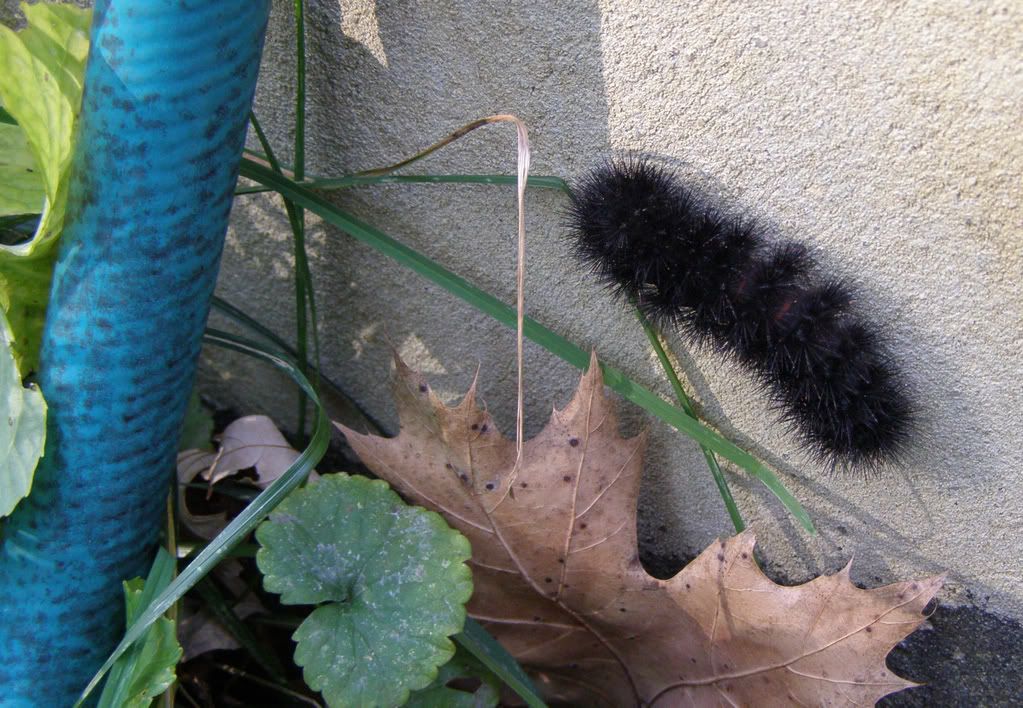Here's an example. The ornamintial industry has been promoting a landscape that is starving nature to death. Plants that are sold as Pest Free are the most useless plants in the world. It doesn't matter if bees are pollinating the flowers, or birds are eating the barries or even nesting in the branches; If it isn't native to US soil it's part of the problem. The fact that bees love the flowers to some of these plants and birds are spreading the seeds around are exactly why. This is a nonnative plant that our native insects can't eat or control, occasionally they'll be brought in with a disease our native varieties don't have an immunity to. We don't need these plants in America because we already have natives that do this alread. Far to often do we see a forest destroyed to make way for development, and when they find erosion to be the problem instead of planting native varieties that were doing the job towns turn to the ornimental industry and plant nonnative weeds.
Somewhere along the way Native plants were seen as ugly. I have no idea where this notion came from. The beauty of plants will vary no matter what part of the world you're in. It's our native plants that are targeted by butterflies and used as host plants. The damage these caterpillars do can be extensive but I've never seen this kill a tree. Our native trees are well adept to regrowing all their leaves. When people see a gypse moth tent they tend to spray them on sight. But I say let them be. Think about how much money is wasted putting birdseed into birdfeeders every year. In a healthy environment we have perfectly good controles for most pests. People look at the epidemics happening to farms (a very fradgile and unhealthy environment due to it's monocrop) and think it could happen to their backyard too.
The club I intend to found will be one to promote hearloom trading of native plants. I plan to grow them in my yard, collect the seeds, and grow them over the winter. Club members should attempt to do the same and we can trade and share what we grow. Maybe even sell them as a fund raiser, though I don't know what we'll be using the money for. I don't believe charging money will be nessessary either. This brings me to my second gripe.
Charaty organizations! I don't want to say they're bad, no no no. By all means a lot of them do good. But I don't believe what any of them are doing is enough. I'm sure the money going to plant a tree is doing some good
 somewhere but it's kind of faceless when you think about it. You're giving money to a website and in good faith this is doing some good ... somewhere. I think it would be a better method if people were to take this into their own hands. Instead of paying someone else to plant a tree, Why not plant one yourself? A native one of course. This way you can enjoy it! You can make a home for a bird, you can save an endangered species of butterfly, you can beautify your landscape is so many ways if you'd just do some research. If you went well out of your way to plant Milkweed in your landscape you could easily produce a Monarch Butterfly. I planted 4 plants myself two years ago and both years I've had a Monarch hatch out.
somewhere but it's kind of faceless when you think about it. You're giving money to a website and in good faith this is doing some good ... somewhere. I think it would be a better method if people were to take this into their own hands. Instead of paying someone else to plant a tree, Why not plant one yourself? A native one of course. This way you can enjoy it! You can make a home for a bird, you can save an endangered species of butterfly, you can beautify your landscape is so many ways if you'd just do some research. If you went well out of your way to plant Milkweed in your landscape you could easily produce a Monarch Butterfly. I planted 4 plants myself two years ago and both years I've had a Monarch hatch out.


